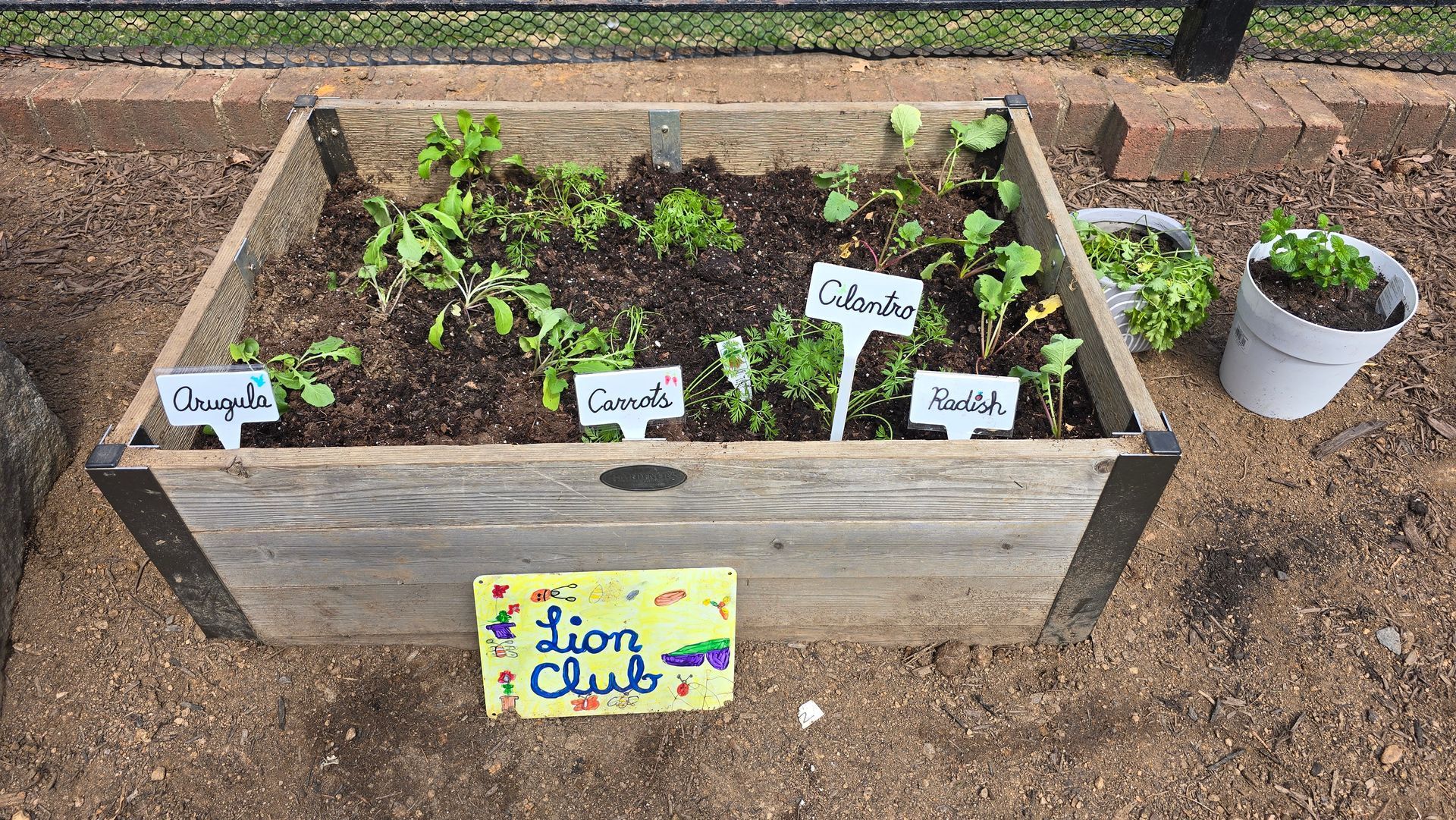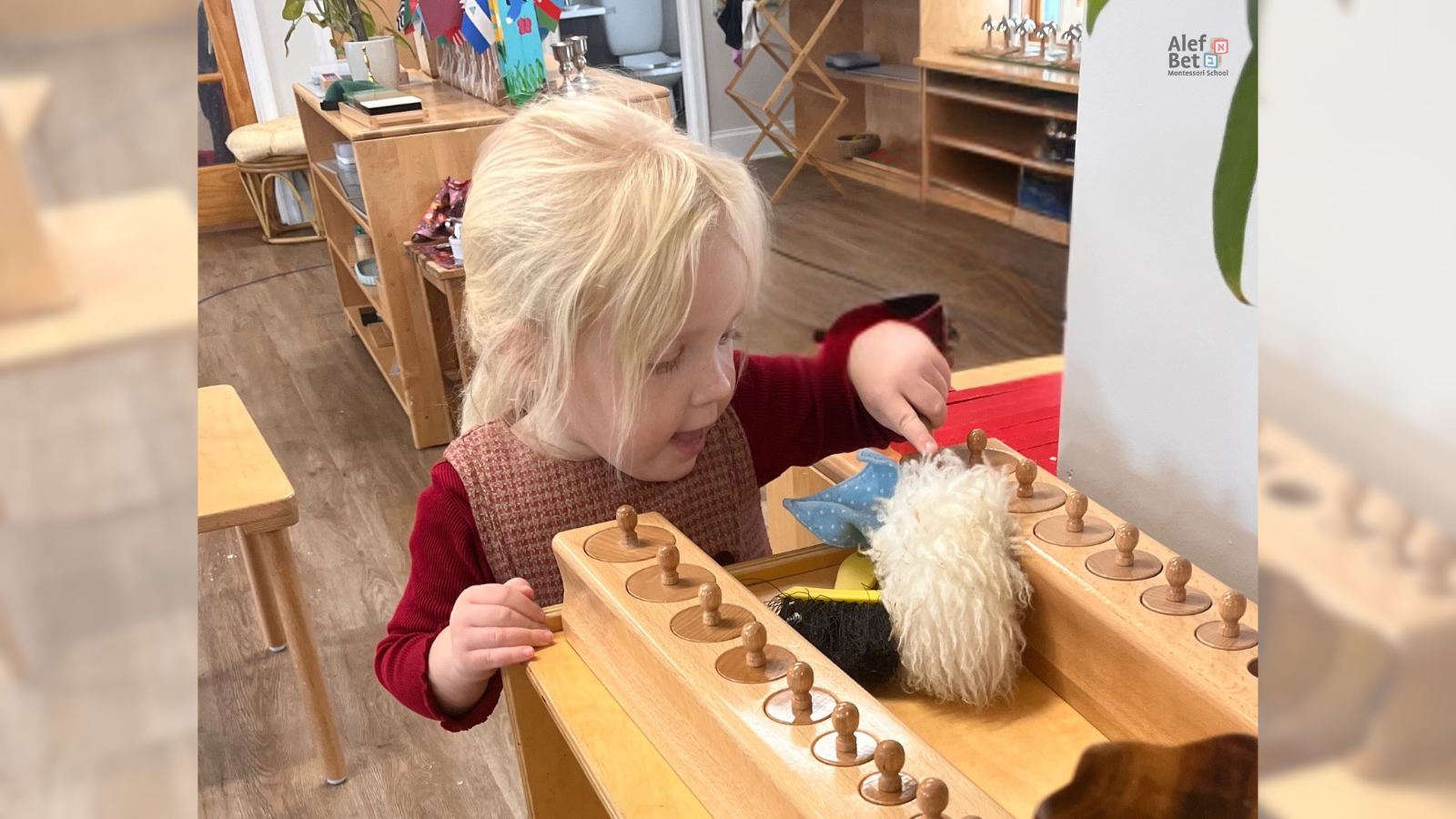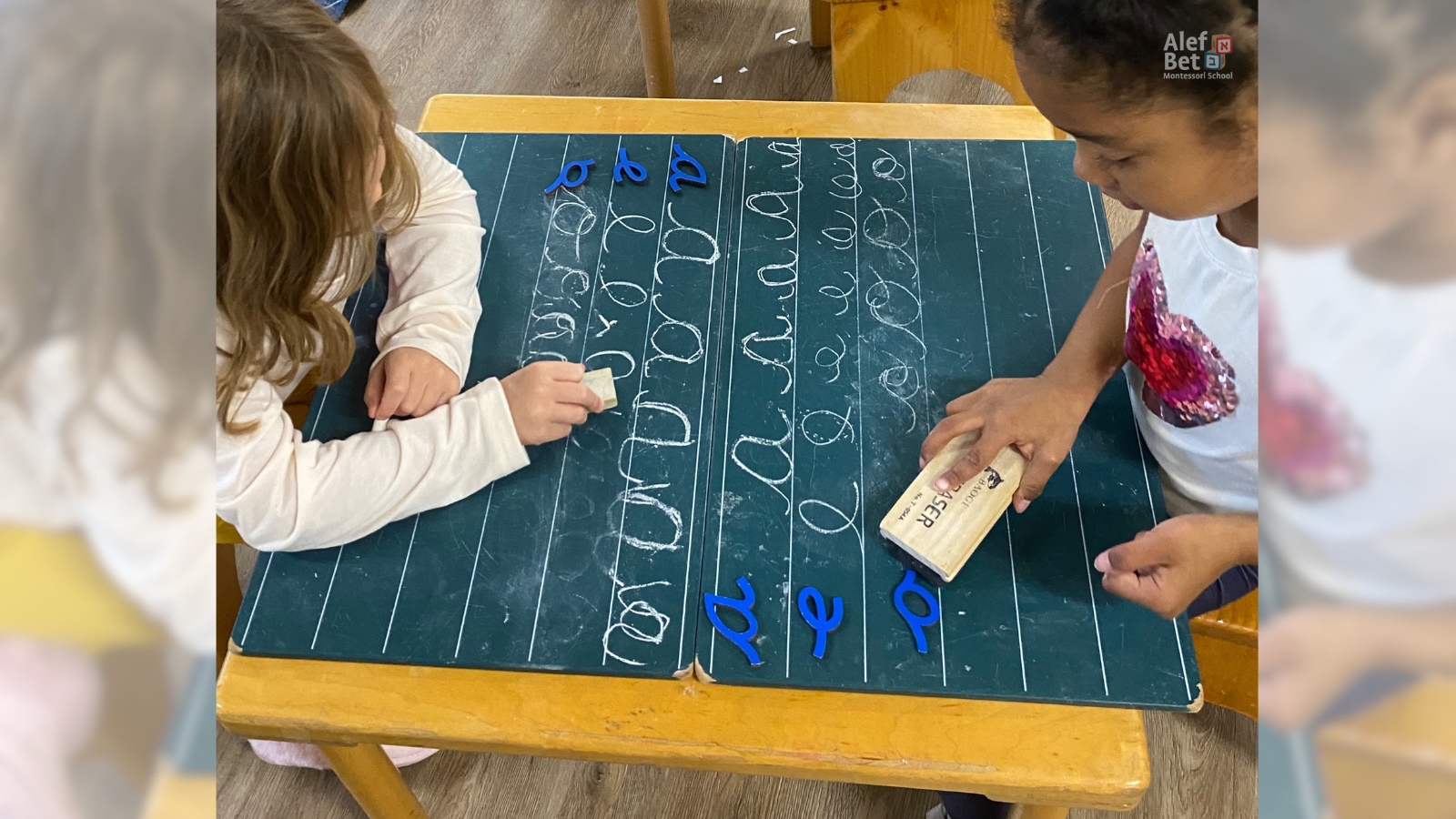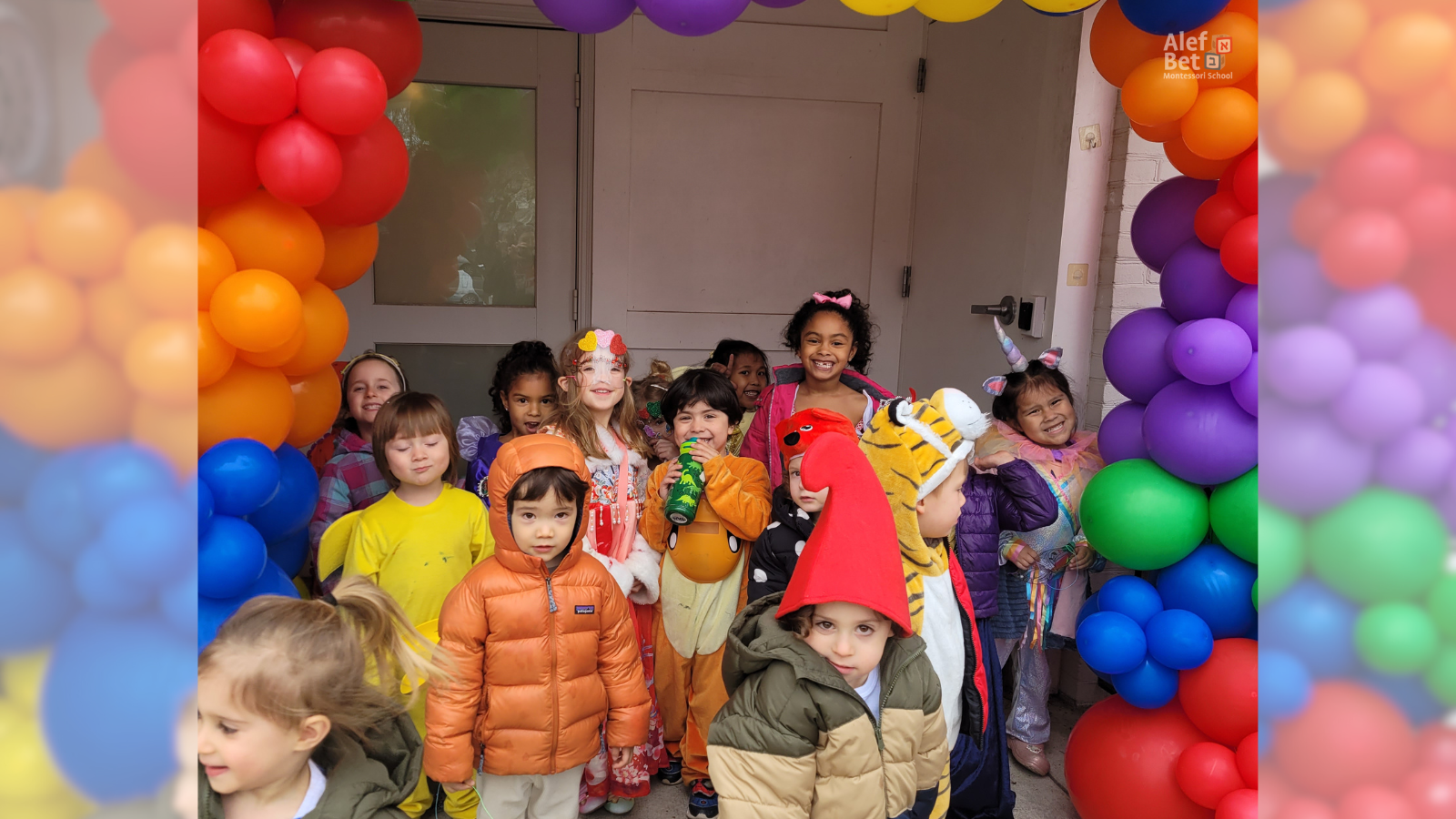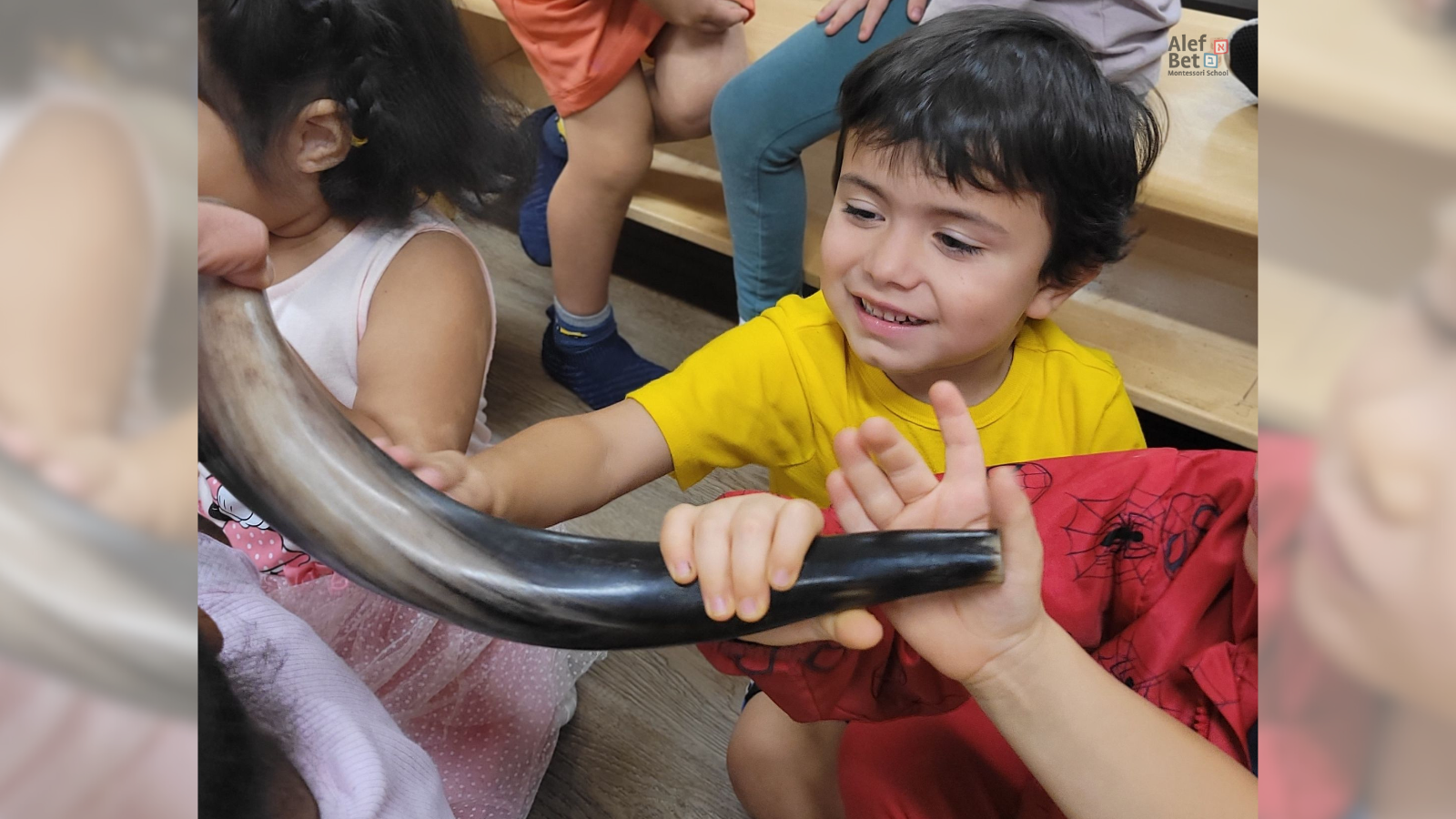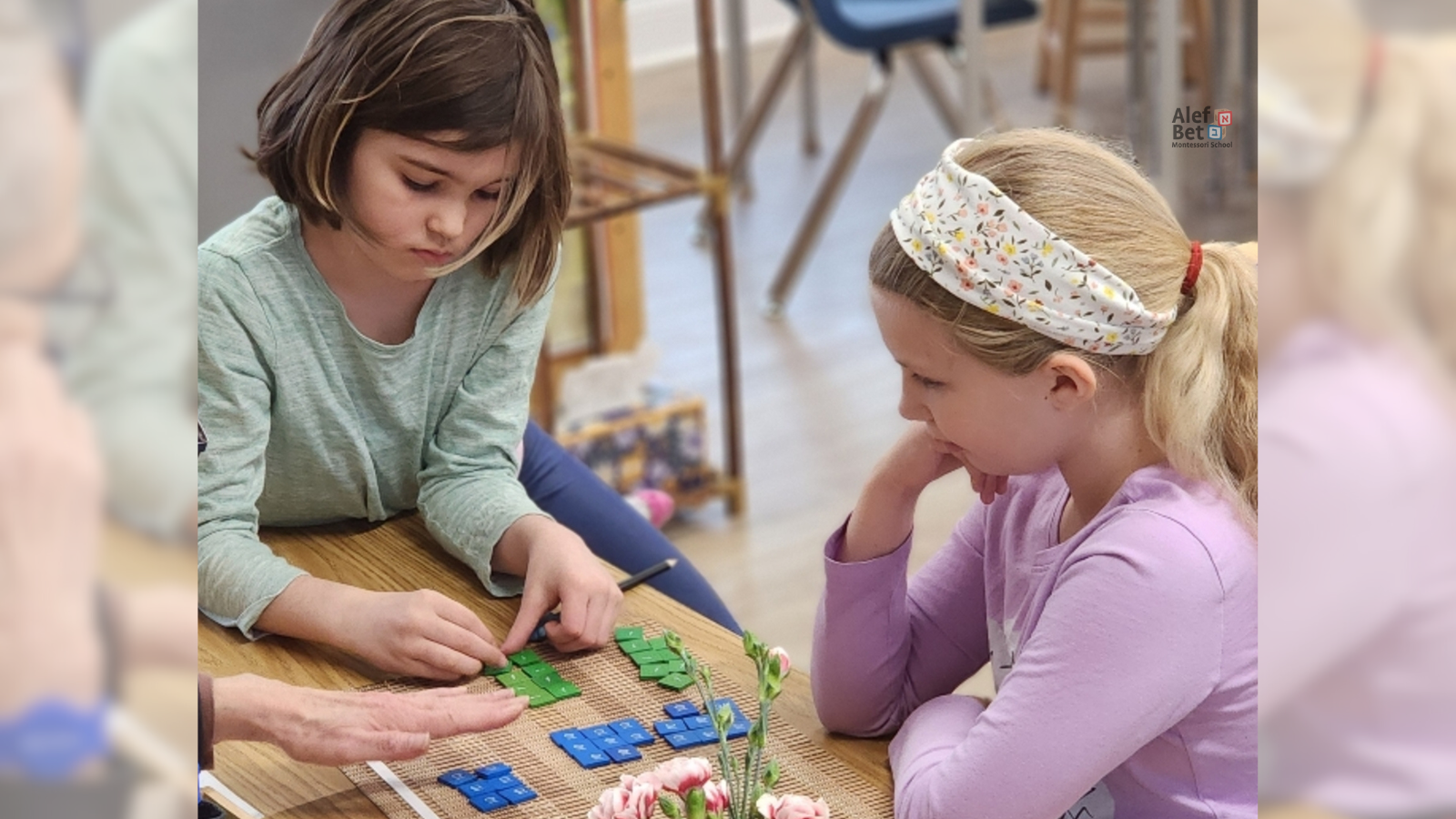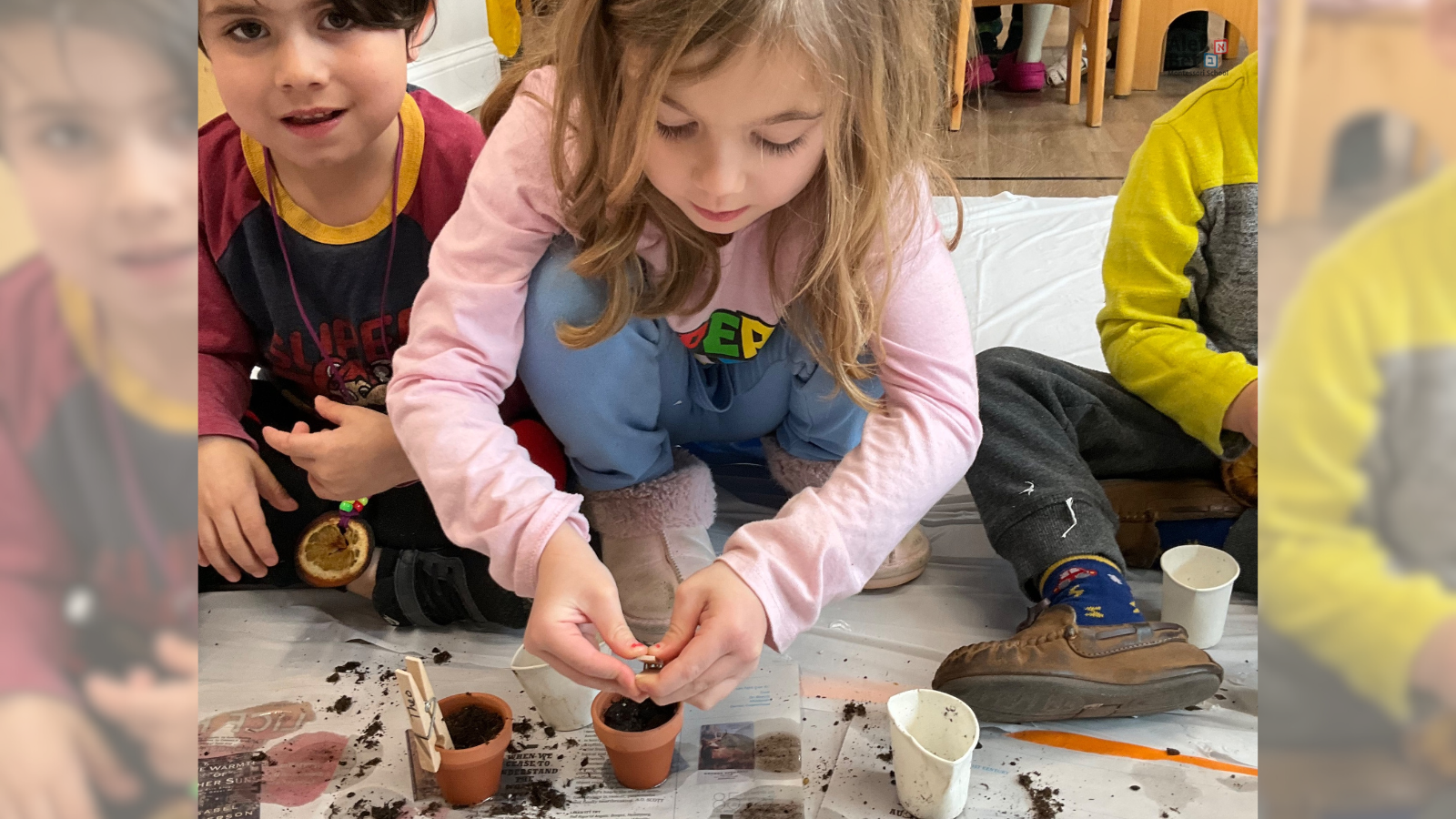Dissecting Flowers in a Scientific Way
Recently, our Montessori classroom was filled with excitement as we explored the intricate beauty of flowers through dissection. This hands-on activity was the culmination of our lessons on the different types of flowers, their shapes, sizes, and textures.
We began our journey with a series of lessons that introduced us to the world of flowers. We examined a variety of blooms – daisies, roses, lilies, and sunflowers – paying close attention to their unique characteristics. We touched the petals, noticed the differences in texture, and marveled at the range of colors. These initial observations helped us develop a deeper understanding and appreciation of the natural world. With this foundation, we moved on to the flower dissection activity. Armed with magnifying glasses, tweezers, and scissors, we were ready to uncover the hidden details within each flower. Before starting the dissection, we reviewed the basic parts of a flower: petals, sepals, stamen, and pistil. This brief overview ensured that we had a clear idea of what we were looking for during the dissection process.
The excitement in the room was palpable as we began to gently remove the petals. Each discovery brought a new wave of enthusiasm and wonder:
- "The petals are so soft and velvety!"
- "Look at these tiny little bumps on the stem!"
- "The pollen on the stamen is like golden dust!"
These observations were more than mere statements; they were evidence of our growing connection to the material. By dissecting the flowers, we weren’t just taking them apart – we were learning to see and appreciate the intricate details that make each flower unique.
One of the most rewarding aspects of this activity was seeing how it catered to different learning styles. Some of us were captivated by the tactile experience, enjoying the feel of the petals and stems, while others were drawn to the visual aspect, using magnifying glasses to explore the fine details. This multi-sensory approach allowed each of us to engage with the material in a way that resonated with us. Throughout the dissection, we documented our findings in nature journals. We drew detailed diagrams, labeled the different parts of the flowers, and wrote down our observations. This practice not only reinforced our learning but also allowed us to express our creativity and individuality.
Beyond the scientific observations, this activity also fostered a sense of respect and appreciation for nature. We learned that flowers are not just beautiful objects to admire but complex structures that play a crucial role in the plant’s life cycle. Understanding the function of each part of the flower – from the petals that attract pollinators to the stamen and pistil involved in reproduction – deepened our appreciation for these natural wonders.
In our Montessori classroom, it is about fostering a love for exploration and an appreciation for the world around us. The flower dissection activity exemplified this philosophy perfectly. It turned a simple flower into a source of wonder and knowledge, allowing us to connect with nature in a meaningful way.
Moments like these remind us why we love to learn. Discovering and connecting with the natural world is incredibly rewarding. Watching our faces light up with excitement and curiosity during the flower dissection activity was a powerful reminder of the beauty and complexity that surrounds us every day.
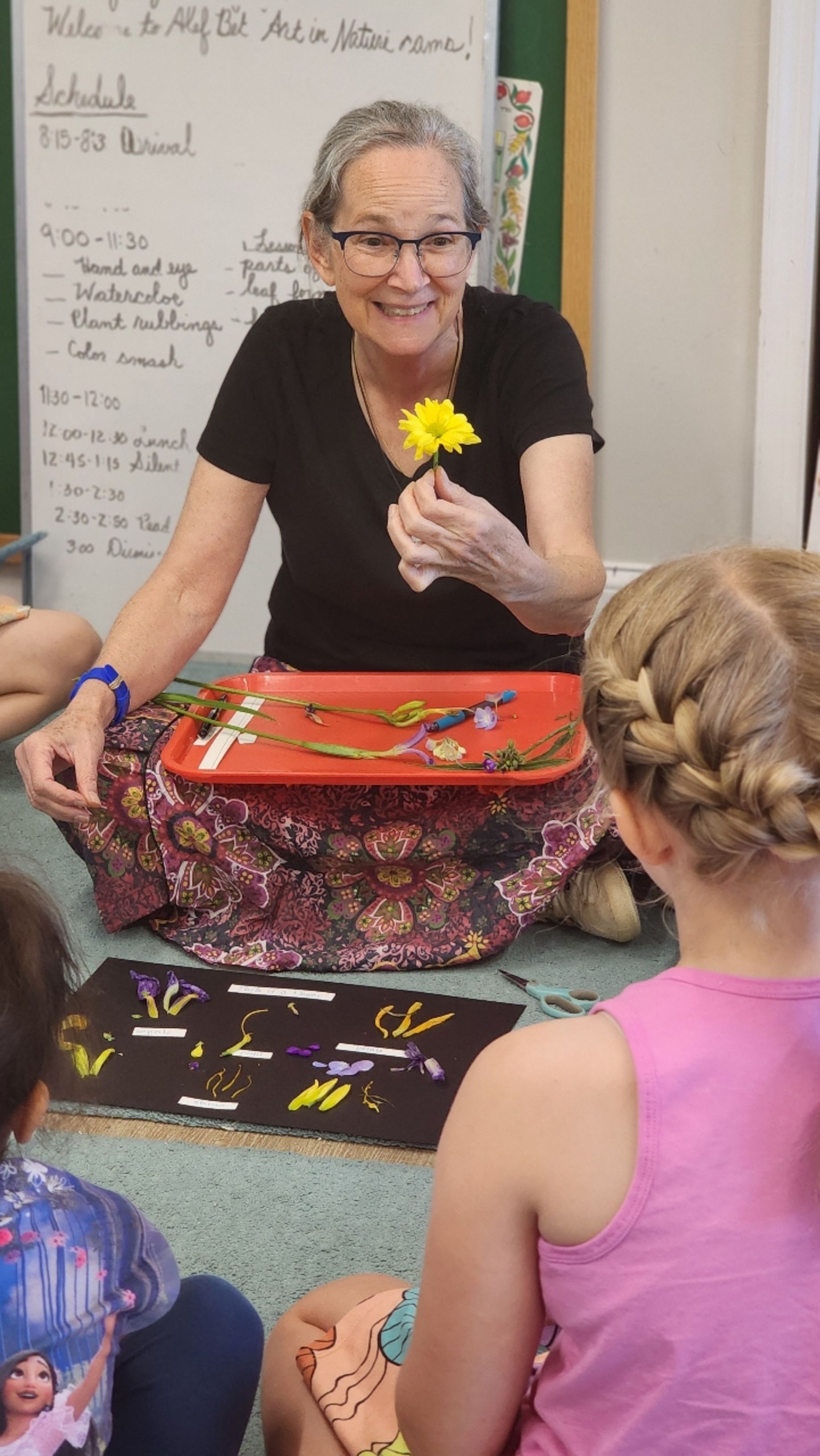
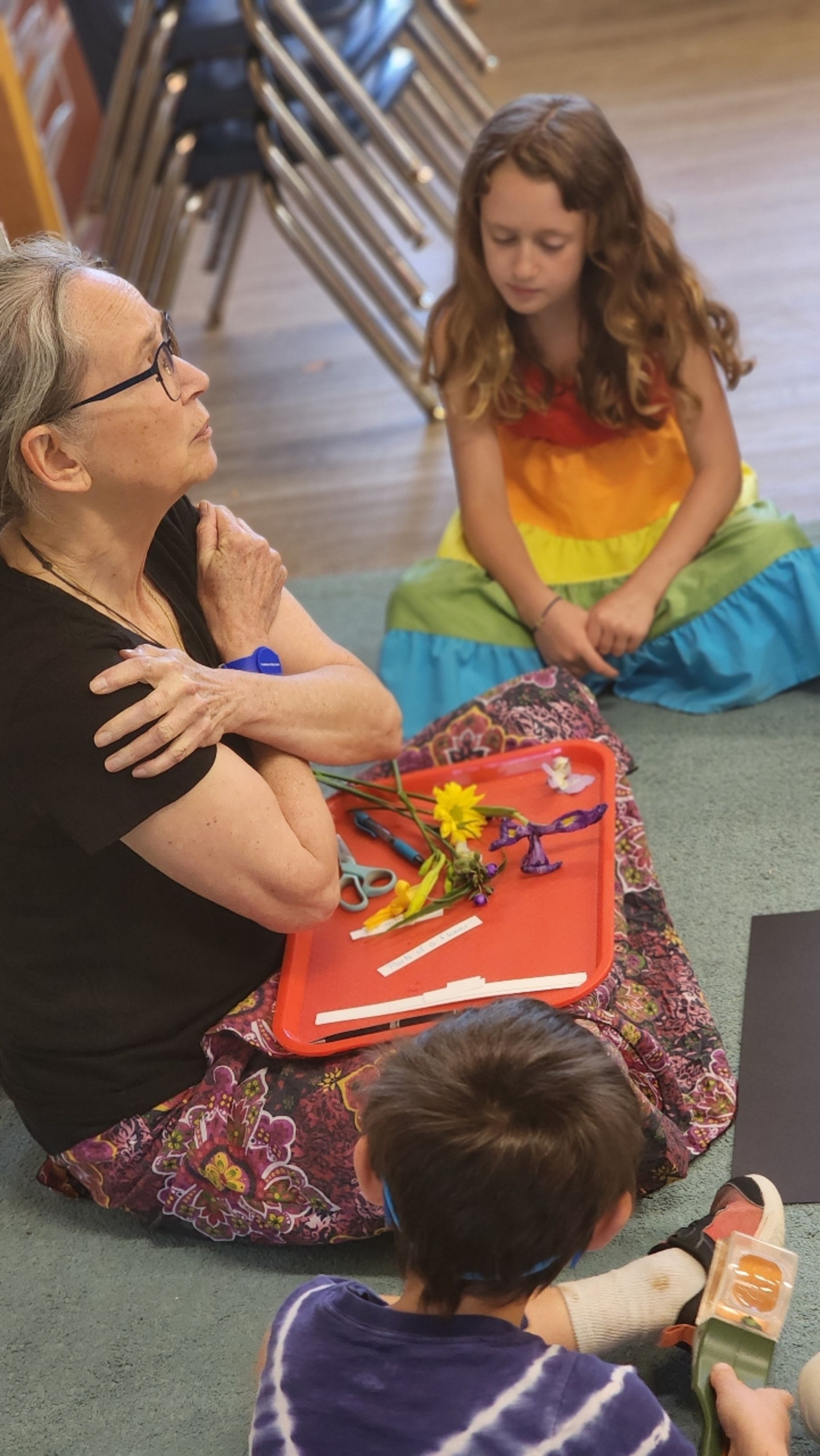
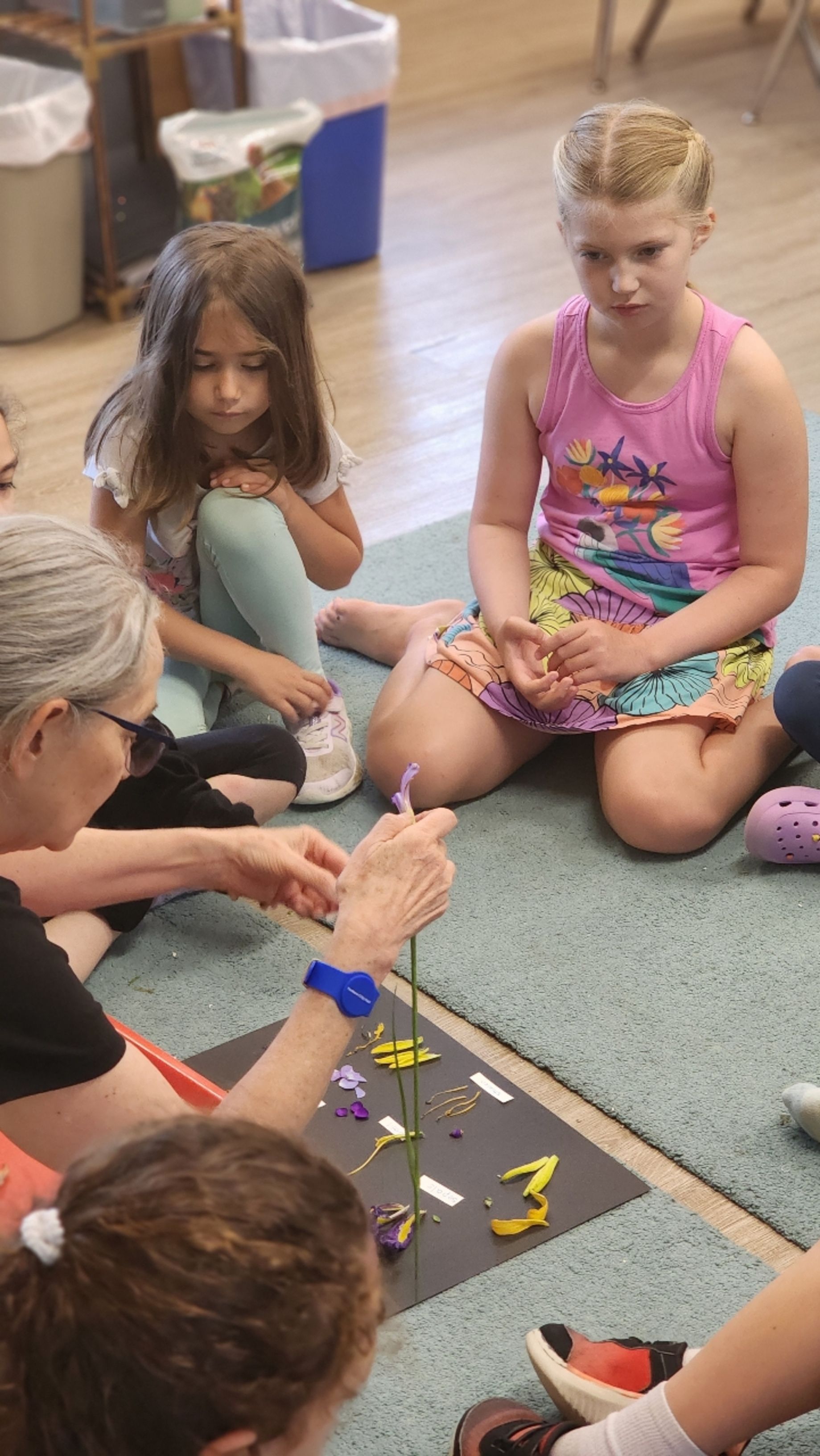
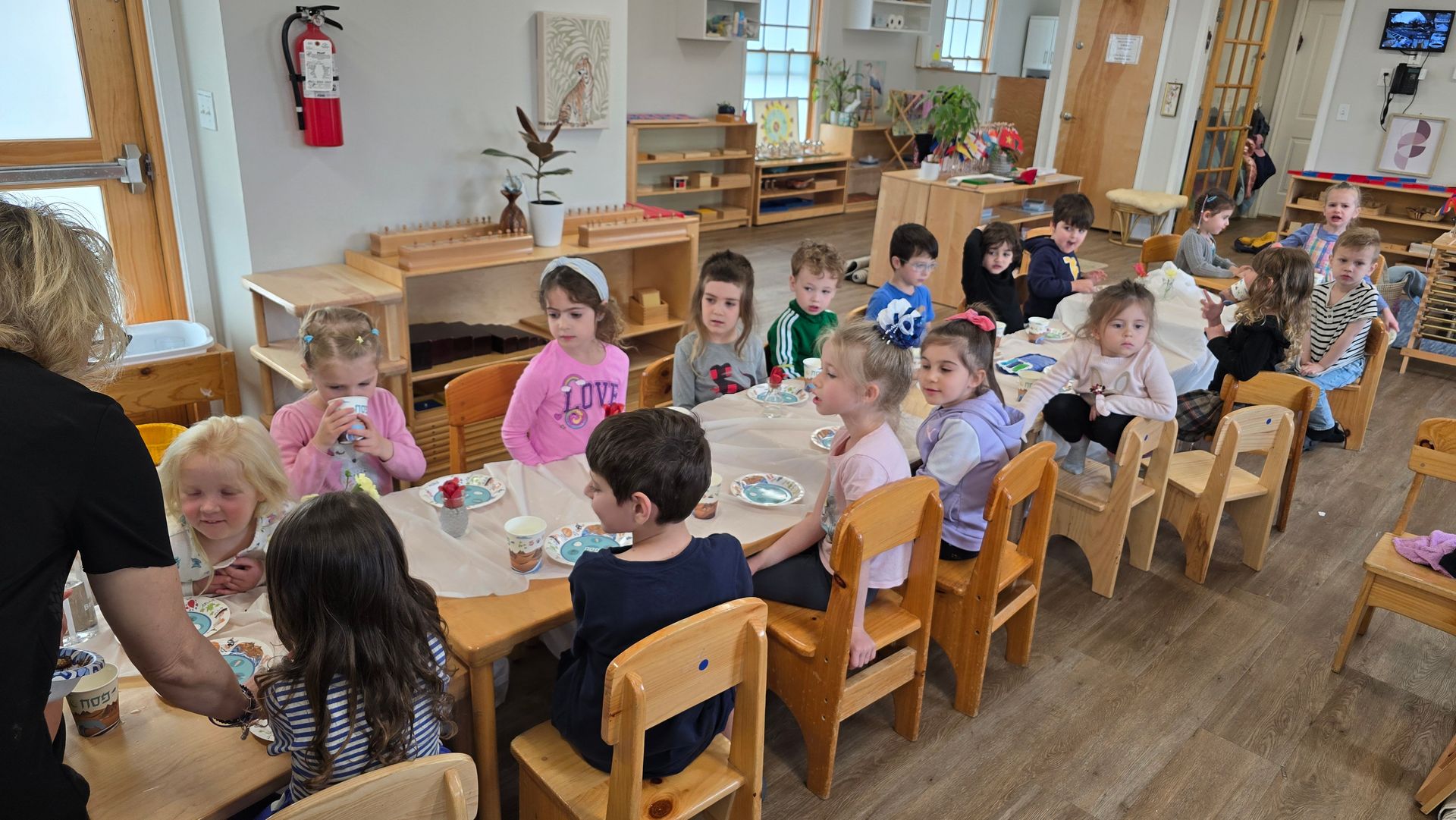
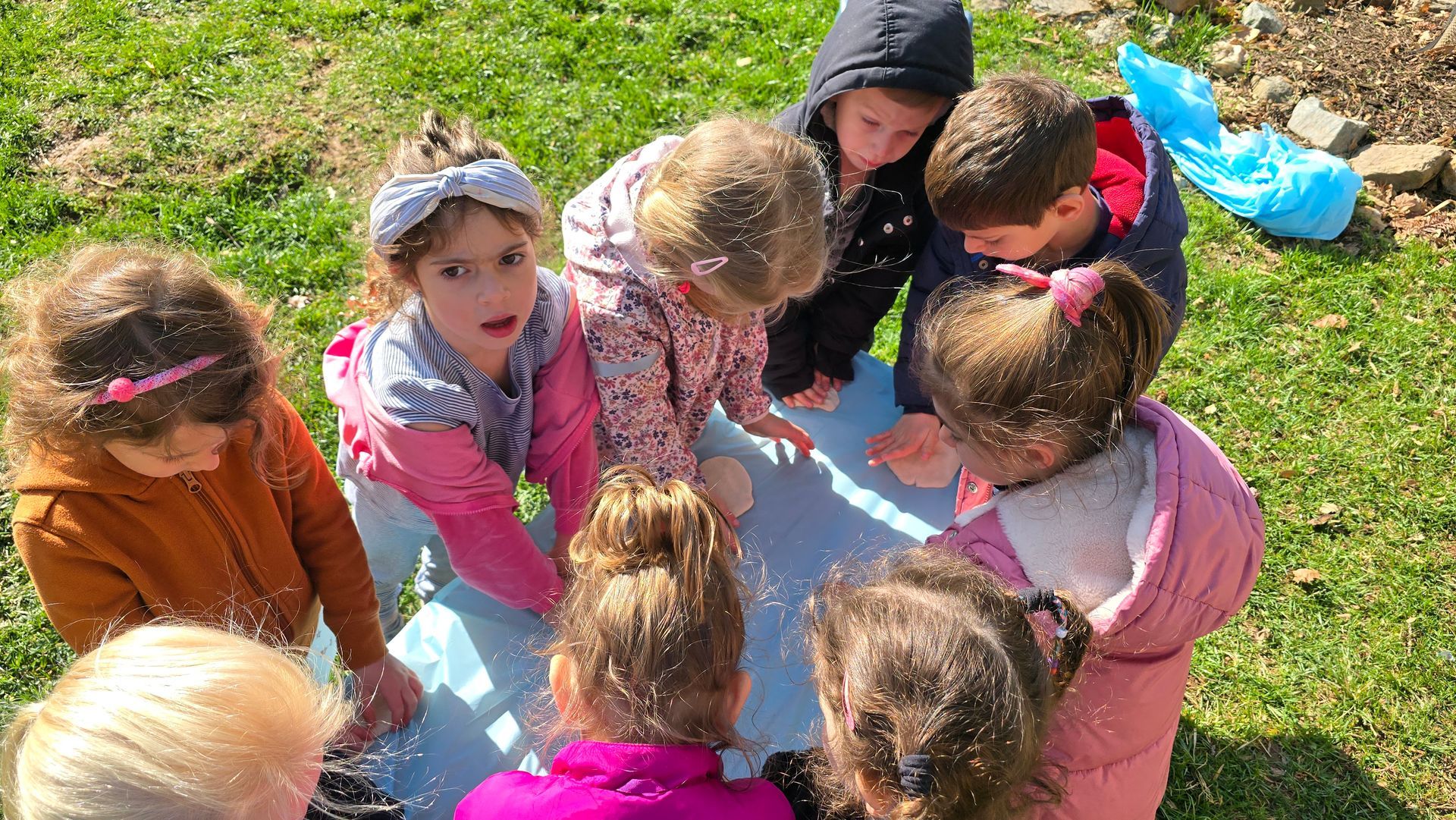
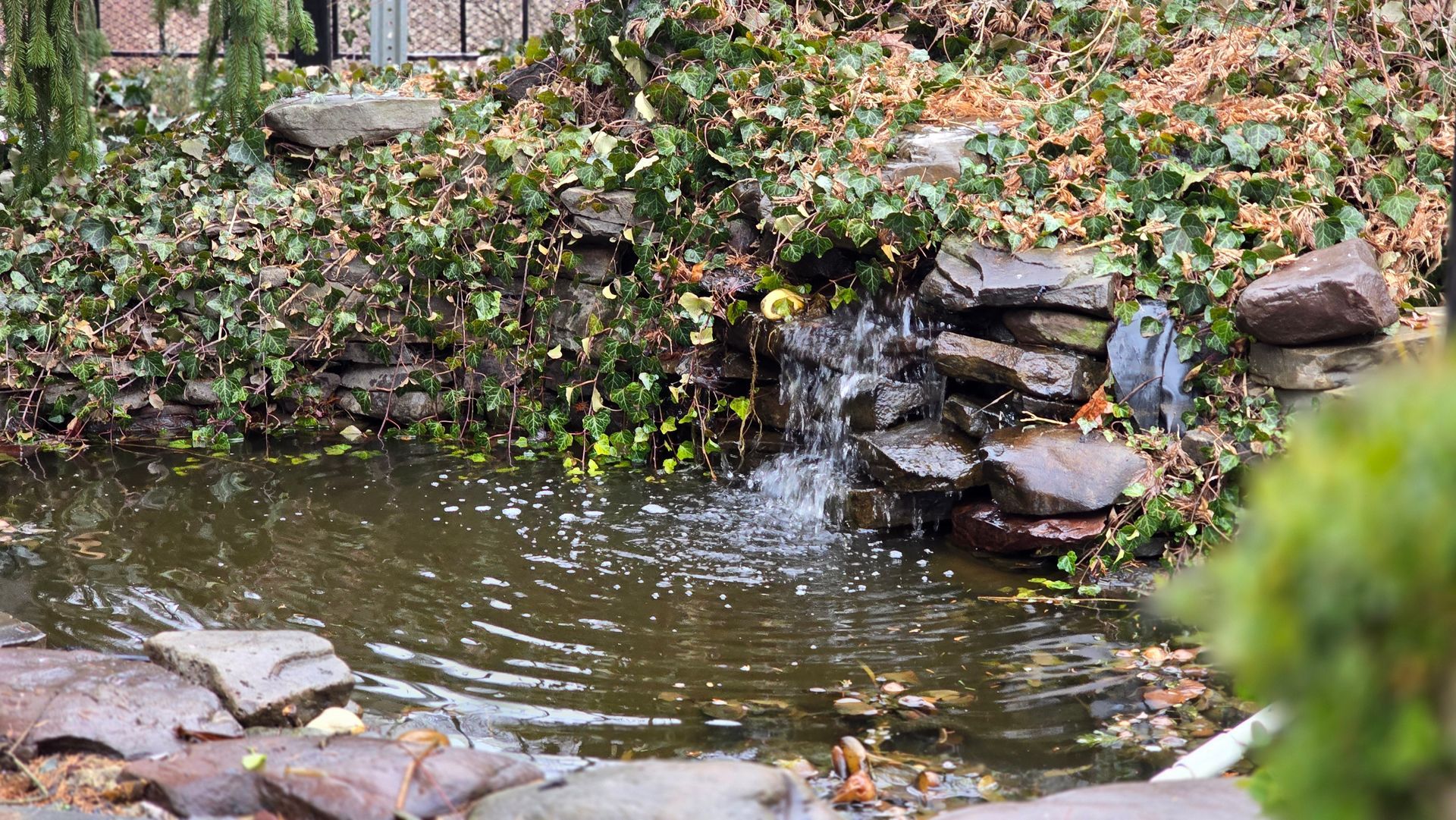
OPENING HOURS
Elementary 8:15 - 3:00
Primary 8:15 - 3:00
Toddlers 8:30 - 2:45
Aftercare 3:00 - 5:00
PROGRAMS
Alef Bet Montessori School
Alef Bet Montessori School
